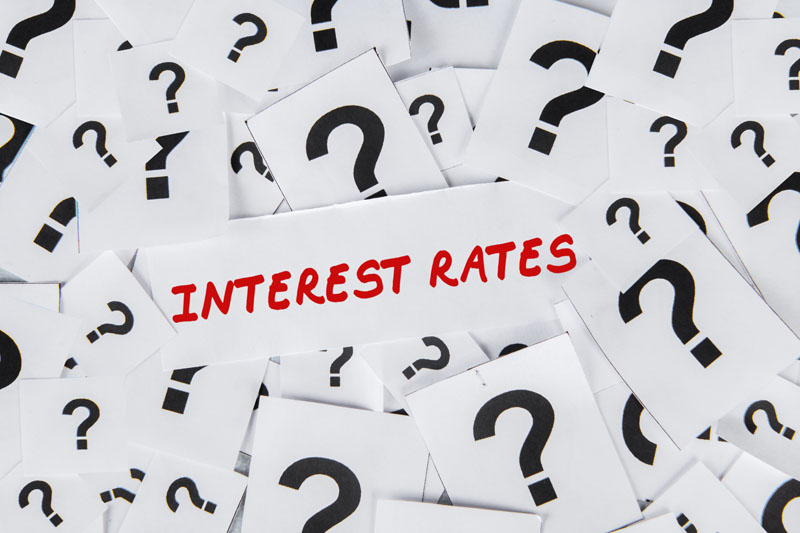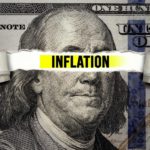Higher Interest Rates Will Raise Interest Costs on the National Debt
THANK YOU FOR POSTING A REVIEW!
Your review was sent successfully and is now waiting for our staff to publish it.

(October 2023- Peterson Foundation)
Both the 10-Year and 30-Year Treasury Rate has increased to over 5%. The increase in those rates, which is the interest rate at which commercial banks lend to one another overnight, is meant to help tame rising inflation; however, the increase also has implications for the federal government’s borrowing costs and therefore the nation’s fiscal picture.
The Fed’s move will set the target range for the federal funds rate to between 5.25 and 5.50 percent — a 22-year high. It reflects the fourth time the central bank has raised rates this year (following seven raises in 2022 after holding them close to zero since the onset of the pandemic).
The federal funds rate is the benchmark for Treasury bills and other short-term securities. Adjusting the rate is an important tool for the Federal Reserve to help achieve their statutory mandate, which is to promote the goals of maximum employment, stable prices, and moderate long-term interest rates. Expectations about the short-term rates, combined with other factors, may also affect longer-term rates that are applied to business investment loans and consumer borrowing such as mortgages and car loans.

TWEET THIS
However, as interest rates on U.S. Treasury securities rise, so too will the federal government’s borrowing costs. The United States was able to borrow cheaply to respond to the pandemic because interest rates were historically low. However, as the Federal Reserve increases the federal funds rate, short-term rates on Treasury securities will rise as well — making some federal borrowing more expensive. Expectations about short-term rates and inflation have already pushed up longer-term rates as well.
In June, the Congressional Budget Office (CBO) projected that annual net interest costs would total $663 billion in 2023 and almost double over the upcoming decade, soaring from $745 billion in 2024 to $1.4 trillion in 2033 and summing to $10.6 trillion over that period. However, if inflation is higher than CBO’s projections and if the Fed raises interest rates by larger amounts than the agency projected, such costs may rise even faster than anticipated.

The growth in interest costs presents a significant challenge in the long-term as well. According to CBO’s projections, interest payments would total around $71 trillion over the next 30 years and would take up 35 percent of all federal revenues by 2053. Interest costs would also become the largest “program” over the next few decades — surpassing defense spending in 2029, Medicare in 2046, and Social Security in 2051.

Ballooning interest costs threaten to crowd out important public investments that can fuel economic growth in the future. CBO estimates that by 2053, interest costs are projected to be nearly three times what the federal government has historically spent on R&D, nondefense infrastructure, and education, combined.

-
SBI Makes History! First Bank To Join India International Bullion Exchange By
Mint State Gold
May 14 2024






